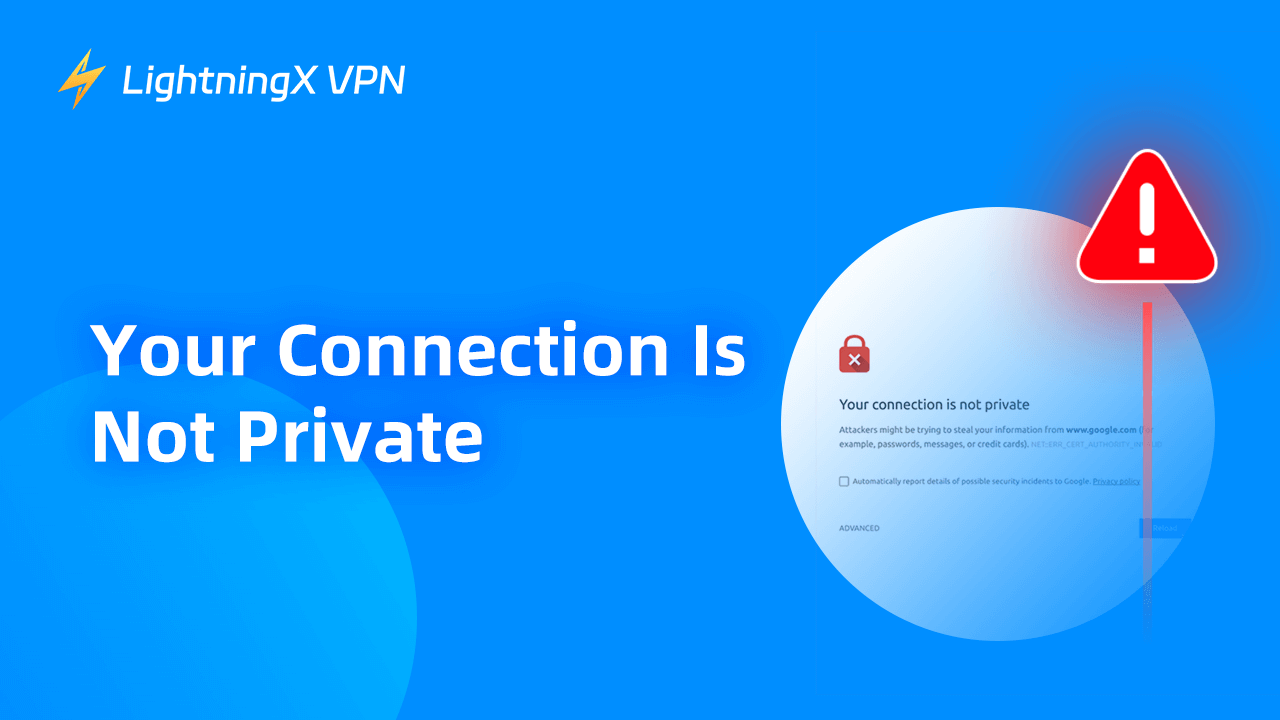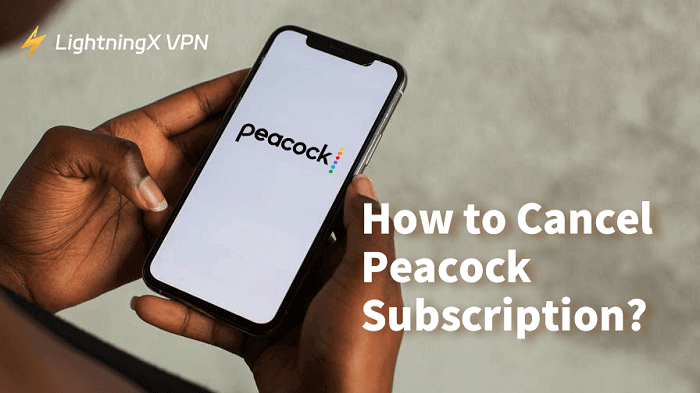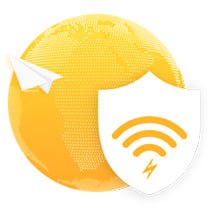You’re browsing the web, excited to visit your favorite site, and suddenly, you’re hit with the dreaded “Your connection is not private” message. It’s a bit alarming, isn’t it? You might even wonder if someone is trying to spy on you or if your data is at risk.
Fortunately, this warning doesn’t necessarily mean you’re in danger. But it’s important to understand what’s going on so you can fix it and get back to browsing safely. In this post, we’ll explore what this error means and most importantly, how you can get rid of it.
What Does the “Your Connection Is Not Private” Error Mean?
The “Your connection is not private” error typically appears when there is a problem with the website’s security certificate you are trying to visit. SSL/TLS ensures that the data exchanged between your browser and the website is encrypted and secure.
When your browser finds an expired or invalid SSL certificate, it will display this warning to protect your privacy and data. The error is most commonly seen in browsers like Google Chrome, Safari, and Firefox. Besides, it can occur on both desktop and mobile devices.
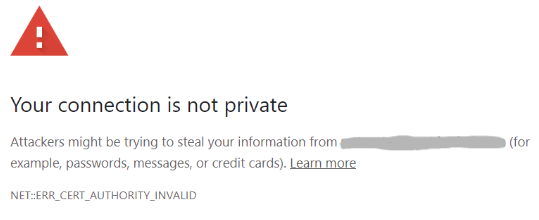
How Does the “Your Connection Is Not Private” Error Appear on Different Browsers?
While the core cause of the “Your connection is not private” error may be the same across browsers, the way the message is presented and the specific error codes vary slightly. Here’s a quick rundown of some differences.
| Browser | Error Message | Common Error Codes |
| Google Chrome | Your connection is not private | NET::ERR_CERT_DATE_INVALID, NET::ERR_CERT_AUTHORITY_INVALID |
| Firefox | Warning: Potential Security Risk Ahead | SEC_ERROR_EXPIRED_CERTIFICATE, SEC_ERROR_UNKNOWN_ISSUER |
| Safari | This connection is not private | The certificate expired or not trusted |
| Microsoft Edge | Your connection isn’t private | NET::ERR_CERT_COMMON_NAME_INVALID, DLG_FLAGS_INVALID_CA |
| Opera | Your connection is not private | ERR_CERT_DATE_INVALID, ERR_CERT_COMMON_NAME_INVALID |
How to Fix “Your Connection Is Not Privatee” Error?
Luckily, this error is usually pretty easy to fix. The following solutions can help you get back to browsing without a security warning.
Fix 1: Check and Adjust Your Date/Time Settings
Check if the date and time on your device are set correctly. If your device is displaying an incorrect time, it can cause the SSL certificate to appear invalid.
To fix it:
- On Windows: Right-click the clock in your taskbar > Choose “Adjust date/time” > Make sure “Set time automatically” is enabled.
- On macOS: Go to “System Preferences” > “Date & Time” > Check the box for “Set date and time automatically.”
- On Mobile Devices: Look for the “Set Automatically” option under Date & Time settings and make sure it is turned on.
Once the time is correct, try visiting the website again.
Fix 2: Clear Browser Cache and Cookies
Sometimes, your browser’s saved files can cause errors, so clearing your cache and cookies might solve the problem. Here’s how to do it.
- Google Chrome: Click the three dots in the top-right corner > Settings > Clear browsing data > Select Cookies and other site data and Cached images and files > Click Clear data.
- Safari: Open Safari > Preferences > Privacy > Manage Website Data > Select Remove All.
- Firefox: Click the three horizontal lines > Settings > Privacy & Security > Under Cookies and Site Data, click Clear Data.
Also read: How to Clear Cache in Edge: Manually & Automatically
Fix 3: Temporarily Disable Your Antivirus or Firewall
If you suspect your antivirus or firewall is causing the issue, try temporarily disabling it. Once you turn it off, reload the webpage. Be sure to turn your antivirus back on once you’ve finished troubleshooting.
Fix 4: Check the Website’s SSL Certificate
If this issue happens on just one website, the problem could be with that site’s SSL certificate. You can check the certificate details by clicking the padlock icon next to the URL in the address bar. If the certificate has expired or isn’t valid, that’s why you’re seeing the error.
Fix 5: Try Incognito Mode or Another Browser
Sometimes, your browser’s extensions or settings might be the problem. You can turn on incognito mode and try visiting the site again. If it works, the issue could be with one of your browser’s extensions. Alternatively, try a different browser entirely, like Firefox or Edge, to see if the issue persists.
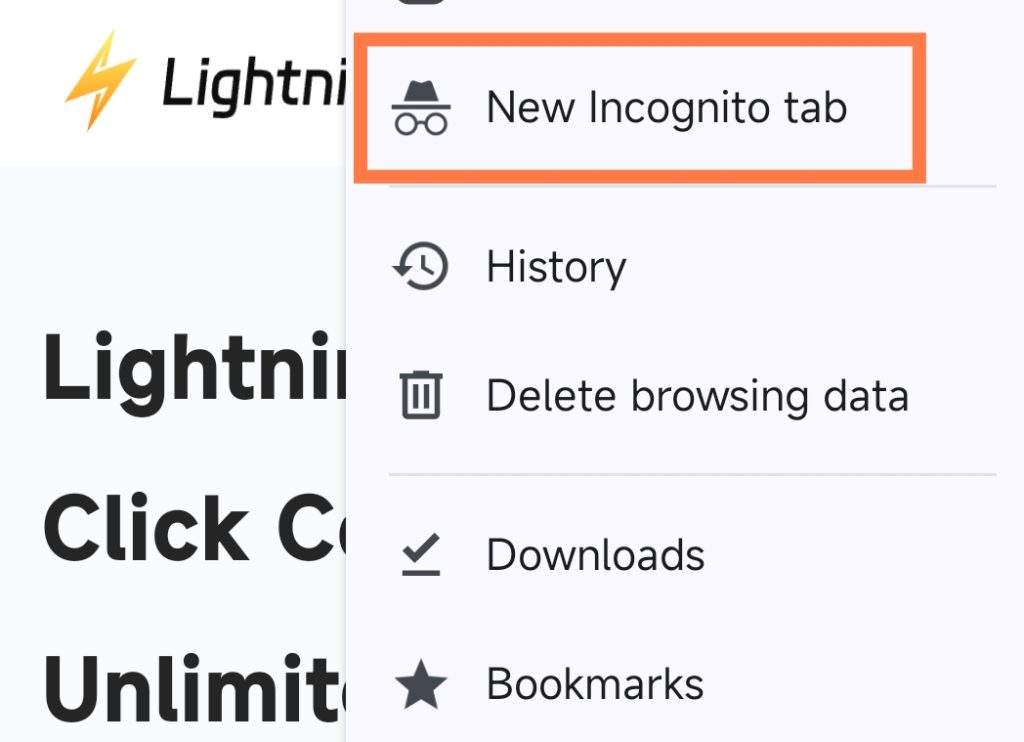
Fix 6: Switch to a Different Network
If you’re on a public Wi-Fi network, try switching to a more secure network, like your home Wi-Fi or a mobile hotspot. Untrusted networks can cause SSL errors, so switching to a more reliable connection might fix the problem.
Prevention Tips to Protect Your Online Privacy
To avoid seeing the “Your connection is not private” error in the future, here are some tips for maintaining a secure browsing experience.
Use a VPN for Enhanced Privacy
Consider using a VPN to encrypt your internet traffic and provide an extra layer of protection against hackers.
LightningX VPN can help you avoid potential issues when using an unsecured network. It provides strong encryption to protect your data. Also, it can hide your real IP address to make your browsing anonymous.
Offering 2000+ servers in 50+ countries, LightningX VPN allows you to unblock websites from anywhere. In addition, you can easily access global content with one click.
It is compatible with Windows/Mac/Linux/Android/iOS/TVs.
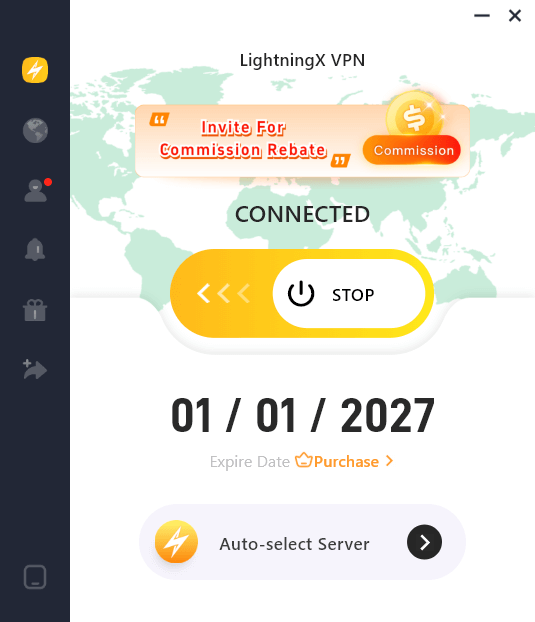
Ensure Websites Have Up-to-Date SSL Certificates
If you’re a website owner, make sure your SSL certificates are always valid and renewed before it expires. Many browsers will warn you ahead of time if your certificate is nearing expiration, so make sure to take action when that happens.
Use Strong Passwords and Enable Two-Factor Authentication
For your safety, ensure that your online accounts have strong passwords and two-factor authentication enabled. This adds an extra layer of protection to your data, even if a website’s SSL certificate is compromised.
Keep Your Browser and Operating System Updated
Ensure that both your web browser and your operating system are regularly updated to protect against security vulnerabilities. Updates often include important fixes for SSL/TLS protocols, which play a major role in ensuring secure connections.
Conclusion
The “Your connection is not private” error can definitely be annoying, but it’s your browser’s way of keeping you safe. With a few simple steps above, you can often fix the issue yourself and get back to browsing securely. Stay safe online, and remember to always be cautious when browsing unfamiliar sites.









